Explore the fascinating world of cakes with a focus on the differences between sponge and butter cakes. This guide covers twelve types, each with unique characteristics and baking styles. Whether you’re a baking enthusiast or a curious cake lover, understanding these distinctions will enhance your appreciation for the art of cake-making.
Victoria Sponge
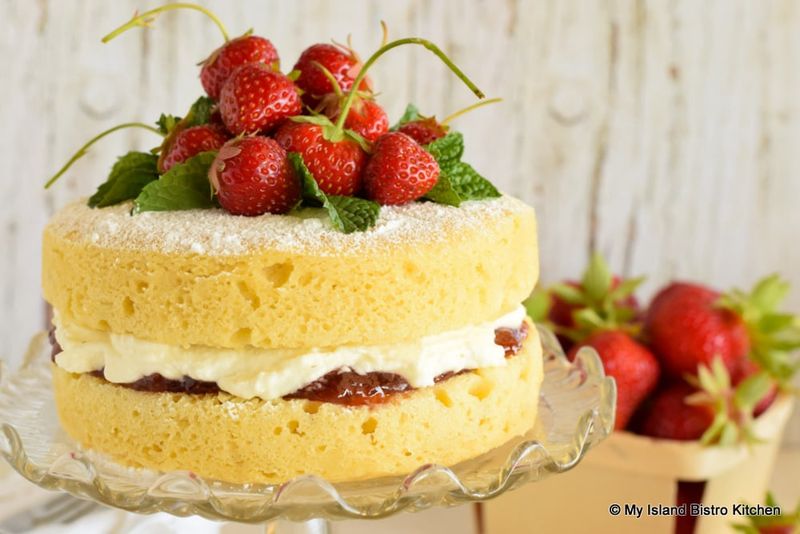
The Victoria Sponge is a classic British delight known for its light and airy texture. Named after Queen Victoria, who reportedly enjoyed a slice with her afternoon tea, this cake combines simple ingredients to create a delightful treat.
The texture is achieved by whipping eggs and sugar to incorporate air before folding in flour. Sandwiched with whipped cream and fresh strawberries, it’s a symbol of elegance and simplicity.
Did you know? The Victoria Sponge was first popularized in the 19th century and remains a staple in British baking. Search for an image of this timeless classic online.
Genoise Cake
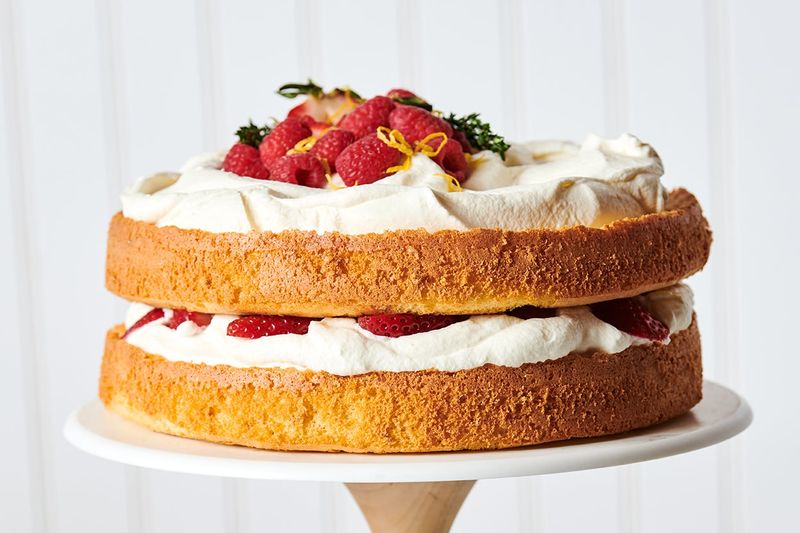
Genoise Cake stands out for its unique method where eggs are beaten until thick and pale, resembling a creamy mousse. This cake’s subtle sweetness and firm texture make it a versatile base for many desserts.
Originating from Italy, the Genoise is less sweet compared to other sponge cakes, allowing it to pair beautifully with a variety of fillings and toppings.
The cake is named after the Italian city of Genoa, where it was first created. Its delicate balance makes it perfect for those who appreciate understated elegance in desserts.
Chiffon Cake

Chiffon Cake, with its moist and light structure, is a marriage between butter and sponge cakes. Invented by an American named Harry Baker in the 1940s, it uses oil instead of butter, providing a tender crumb.
The cake’s unique process involves folding whipped egg whites into the batter, creating a texture that’s both airy and moist. It’s often baked in a tube pan to rise evenly.
Chiffon’s versatility allows for endless flavor possibilities, from citrusy lemon to rich chocolate. Its invention revolutionized the cake world, making it a beloved choice for many.
Angel Food Cake

Angel Food Cake is celebrated for its light and airy texture, achieved by using only egg whites and no fat. This cake is a celestial delight with a soft, cloud-like quality.
The secret to its texture lies in whipping the egg whites to stiff peaks before gently folding in flour and sugar. Often paired with fresh fruit or a light glaze, it’s a perfect summer dessert.
Its origins date back to the late 19th century in the United States, where it quickly became a favorite for its ethereal quality.
Pound Cake
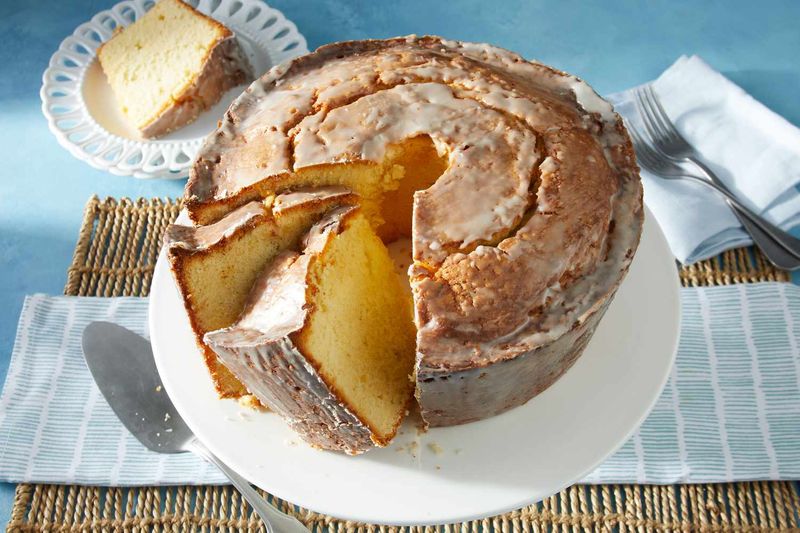
Pound Cake is a dense and rich cake known for its simplicity. Originally made with a pound each of butter, sugar, eggs, and flour, this cake embodies the essence of traditional baking.
Its dense texture makes it a perfect accompaniment to coffee or tea, and it can be flavored with vanilla, lemon, or almond extracts. A golden crust encases a moist interior, making each bite delightful.
This cake has a long history, first appearing in European kitchens in the early 1700s. Its straightforward recipe has stood the test of time.
Madeira Cake
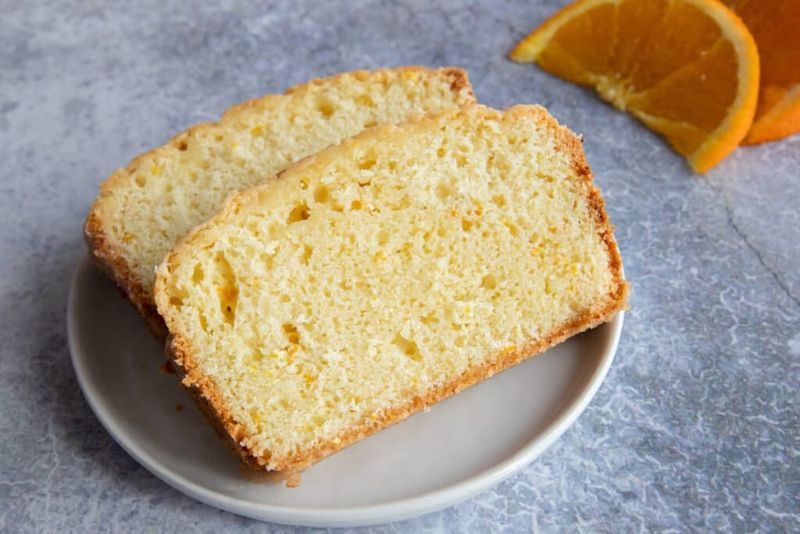
Madeira Cake, named after the wine it was traditionally served with, is a classic British cake known for its firm yet light texture.
With a slightly citrus flavor, often from lemon zest, this cake is perfect for afternoon tea. Its crackled top is a signature trait, adding to its rustic charm.
Contrary to its name, it doesn’t contain Madeira wine but pairs beautifully with it. The cake’s popularity soared in 18th century England, where it found a place in many a tea party.
Sponge Cake

Sponge Cake is the foundation for many desserts, known for its light and springy texture. It’s a staple in baking, offering versatility and simplicity.
Made with eggs, sugar, and flour, its lightness comes from the air whipped into the egg mixture. It serves as a blank canvas, ready to be transformed with fillings and toppings of choice.
Sponge Cake has a storied history, with variations found in many cultures worldwide. Its ability to adapt makes it a favorite among bakers.
Butter Cake

Butter Cake is a decadent treat known for its rich flavor and tender crumb. The generous use of butter gives it a moist and luxurious texture, making it a favorite for celebrations.
Baking powder is often used to give this cake a slight rise, ensuring a perfect balance between density and fluffiness. It pairs wonderfully with creamy frostings or simply dusted with powdered sugar.
This cake’s origins trace back to the 19th century, where it became synonymous with indulgence and comfort.
Devil’s Food Cake
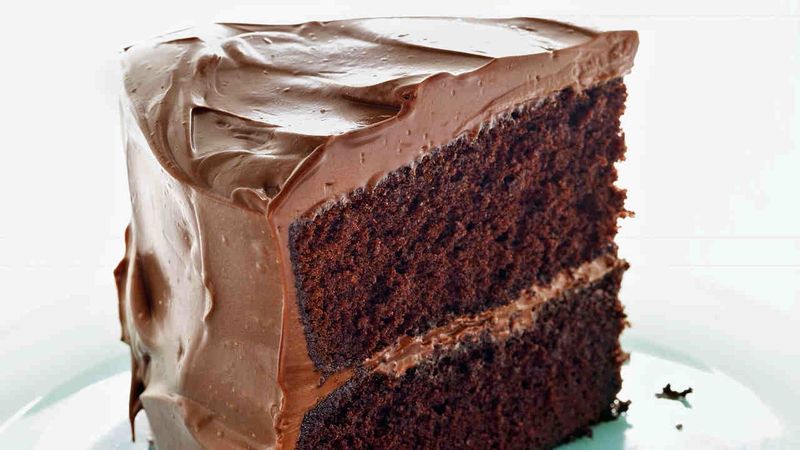
Devil’s Food Cake is the ultimate chocolate lover’s dream, featuring a deep, rich chocolate flavor and moist texture. It’s made with cocoa powder and often includes coffee to enhance the chocolate experience.
The cake is known for its dark color and intense taste, contrasted beautifully by creamy chocolate frosting. Whether served at a party or enjoyed as a personal indulgence, it never disappoints.
The name “Devil’s Food” hints at its sinful richness, a playful nod to its irresistible allure.
Marble Cake
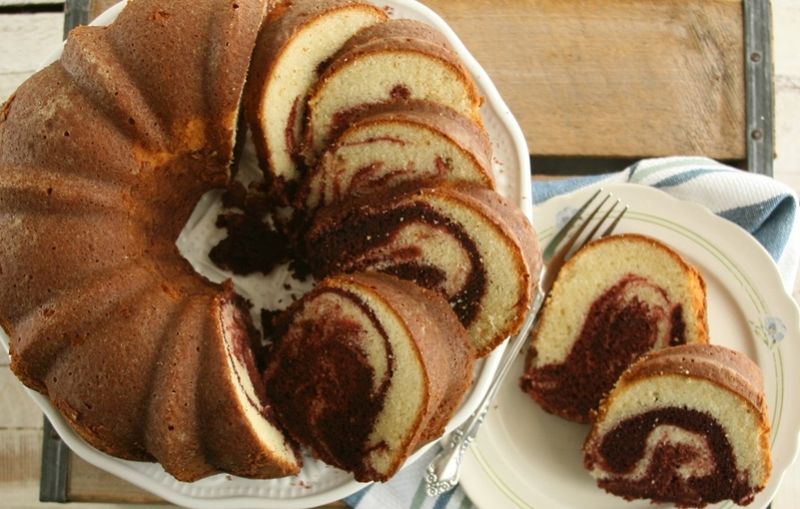
Marble Cake captivates with its beautiful swirls of vanilla and chocolate, creating a visual and taste delight. This cake offers the best of both worlds, perfect for those who can’t choose between flavors.
The marbling effect is achieved by swirling the two batters together, resulting in a striking pattern in each slice. Its moist texture and balanced sweetness make it a versatile choice for any occasion.
Marble Cake dates back to 19th century Germany, where it was created as a visual masterpiece for both the eyes and the palate.
Fruitcake
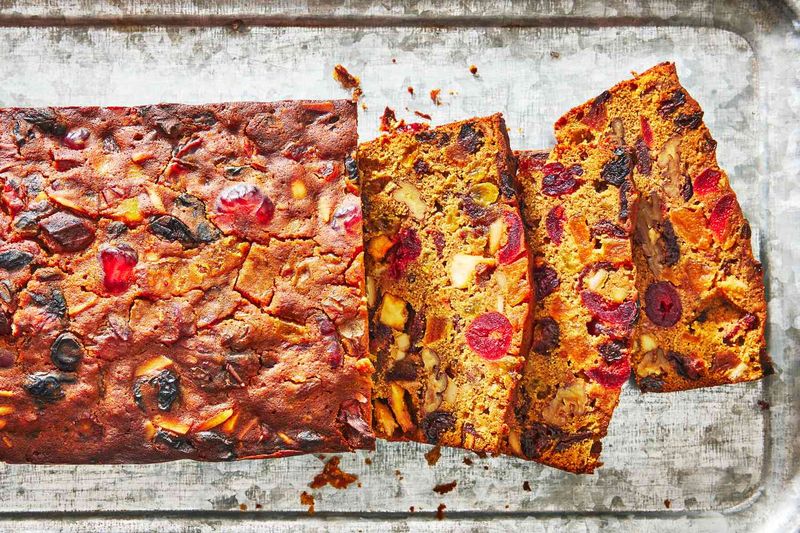
Fruitcake is a holiday staple, rich in flavor and tradition. Packed with dried fruits and nuts, it’s a dense cake often soaked in spirits to enhance its taste.
The cake’s vibrant appearance, with an array of colors from the fruits, makes it a festive centerpiece. Its history is as rich as its flavor, dating back to Roman times when it was made with pomegranate seeds and pine nuts.
Despite its reputation for being a divisive dessert, many cherish its nostalgic taste and cultural significance.
Coffee Cake

Coffee Cake is a comforting companion to your morning brew, known for its moist texture and sweet cinnamon flavor. It doesn’t contain coffee but is designed to be enjoyed alongside it.
A signature crumbly streusel topping adds a delightful crunch, while a hidden cinnamon swirl provides a burst of flavor. It’s a beloved choice for breakfast or brunch gatherings.
The concept of Coffee Cake originated in northern Europe, evolving into countless variations worldwide, each offering a unique twist on this classic.
Leave a comment